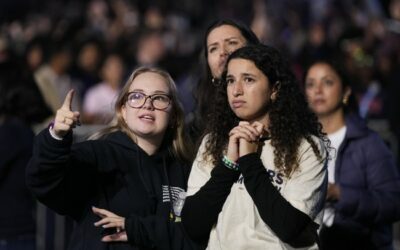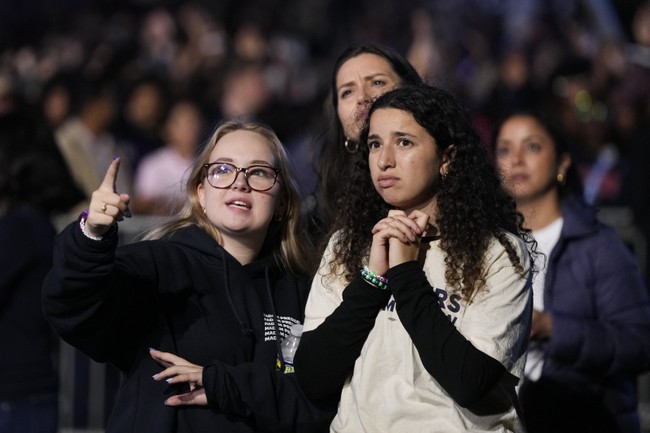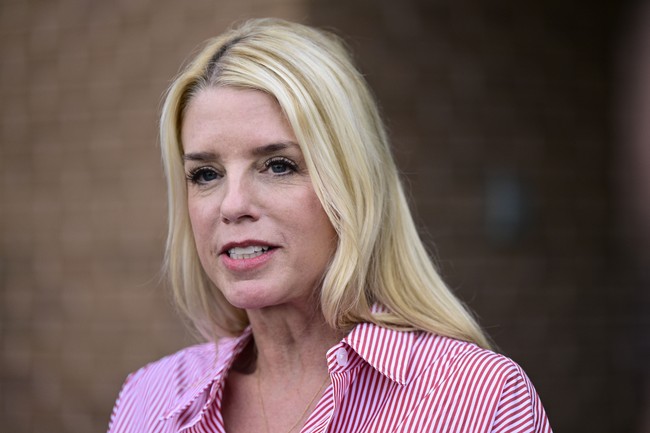There is a silent crisis growing in our society. But are we prepared to face it?

We are preoccupied with a great variety of problems. Some of us are concerned about climate change. Others detail the continuing fallout from COVID. Still another group looks with alarm upon the aggression of Russia and the growing appetite for power that appears to accompany China’s ascent. Many view the burst of innovation surrounding artificial intelligence as a major threat.
But there is another, much less heralded crisis going largely unaddressed that has the potential to affect virtually everyone physically, mentally, and spiritually.
That crisis has to do with the vast growth of an aging population accompanied by diminishing numbers of young people.
It has been known for some time that our entitlement programs that provide for the old are on an unsustainable path. Social Security, for example, began with a veritable army of young workers available to support the benefits awarded to each senior citizen. Over time, that margin has eroded drastically. While there were once more than 40 workers per beneficiary, the ratio is
now closer to 2-1. The same problem applies to Medicare.
Western nations are facing this problem as a group. This much is well understood. What is less well understood is how to solve the problem as we continue to have fewer children but more old people who live longer. Any attempted reform appears to be a political nonstarter. And in the relatively near future, these programs are likely to become unsustainable.
But that problem is only the tip of the iceberg for modern societies such as America. We have been economically mobile. Families are spread out in sometimes distant locations across the generations. Elderly parents grow increasingly infirm without any immediate family in the area. Family ties are often strained because of divorces and other domestic disruptions. The once-large network of siblings who could divide up tasks of caring for parents has contracted substantially.
We need to develop more robust family, church, and community ties. Our families must grow closer together rather than more attenuated and spread out.
In addition, the two-income family has replaced the old single-provider model (virtually out of economic necessity) in which women stayed at home and tended to provide care for both younger and older generations.
Finally, and crucially, the old are living so long that their children who must care for them are often elderly themselves and can be easily overwhelmed by the task.
This last point threatens to be a straw that breaks the camel’s back as people who are already becoming less capable and less flexible are asked to make incredibly difficult decisions about their parents. Those decisions can be even more challenging when finances are not sufficient to support several years of expensive care in assisted living or nursing homes.
Under our current system, many families will exhaust the assets of their elderly parents and then have no choice other than to go through a process of pauperization as they transition to a Medicaid facility unless they are able to handle the caregiving themselves. There is little doubt that many people will find themselves beyond their resources and their own expectations and preparation as they encounter this problem.
The first two areas have to do with stewardship of resources. We all need to consider how to prepare ourselves and our families financially as best we can. That may require significantly less focus on accumulating goods and travel experiences and more on saving to provide for our future needs and for those we love.
In addition, American public policy will have to take greater account of the perilous dynamic of a large aging population supported by a smaller population of younger people.
Most important, however, is that we will have to become stronger spiritually and more connected as we try to face the crisis. We need to develop more robust family, church, and community ties. Our families must grow closer together rather than more attenuated and spread out.
How many of us can remember growing up surrounding by large numbers of relatives at family gatherings on birthdays and holidays? How many likewise have seen the decline of such events? How many have expectations of their church body (if they have a church at all) that are more oriented toward a consumer or entertainment experience than toward serious spiritual formation and filial relationships?
The challenge of aging parents and grandparents who reach the point of not being able to care for themselves is more pressing than it has ever been. Earlier generations were better situated and better prepared to deal with realities of aging than we are.
We need to start weaving the spiritual and social fabric back together, so that we can be responsible and loving toward our mothers and fathers.









